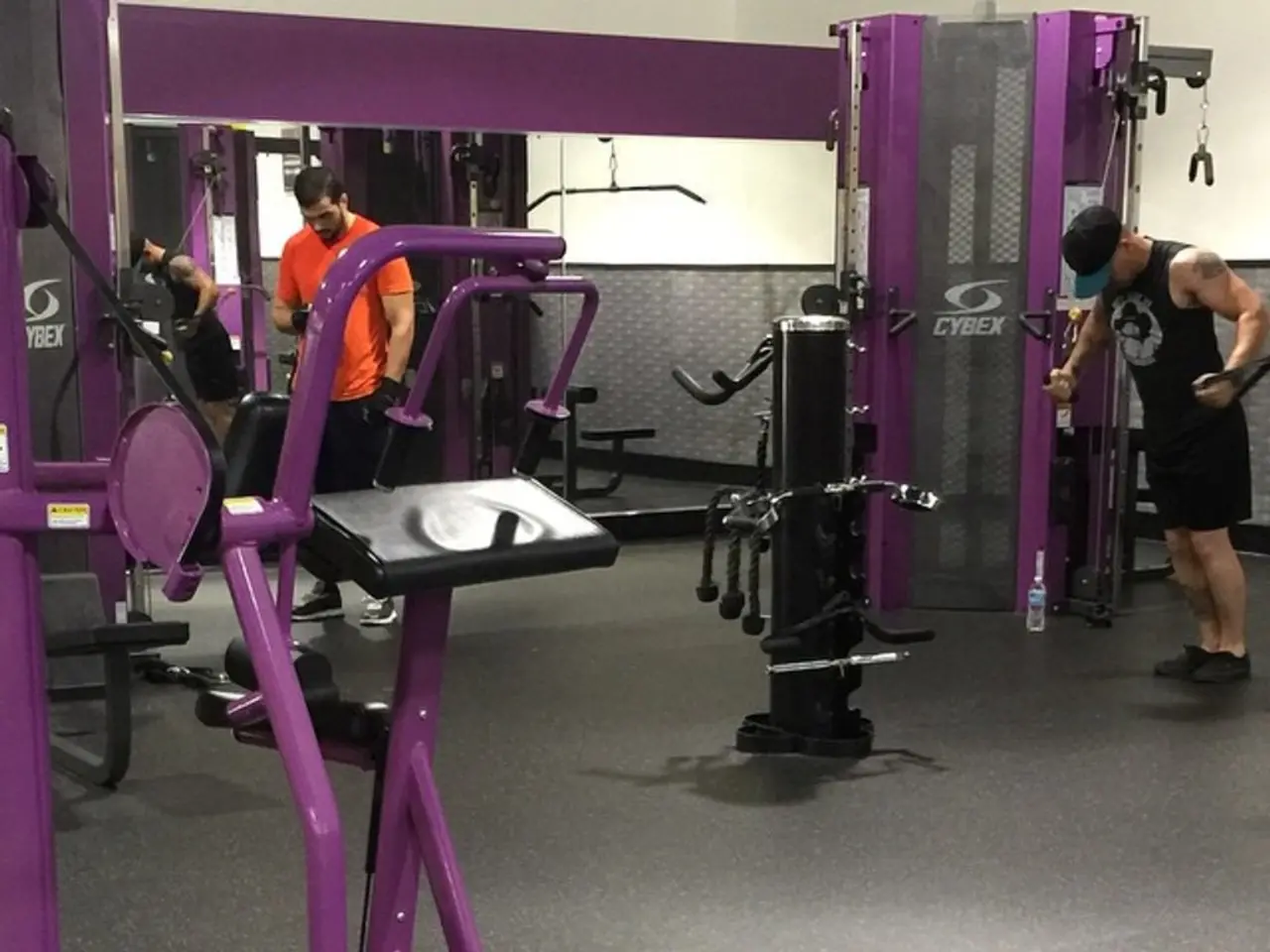Maintaining Activity Levels Despite Psoriasis: 5 Suggestions for Success
Exercise is an essential part of maintaining a healthy lifestyle, but for those living with psoriasis, it can be a challenging endeavour. Here are some tips to help you navigate your workout routine while managing psoriasis effectively.
Firstly, the clothing you wear can significantly impact your psoriasis. Opt for loose, breathable garments made of cotton or synthetic fabrics that draw moisture away from your skin. For outdoor workouts, consider clothing that blocks out UV rays to protect your skin from the sun.
Protecting your skin during outdoor activities is crucial. Apply fragrance-free sunscreen with SPF 30 or higher, wear a hat and sunglasses, and avoid exercising outside between 10 a.m. and 3 p.m. to protect your skin from harmful UV rays.
Exercise should make you feel good, and any workout that irritates the skin should be avoided. If a specific workout is causing discomfort, be gentle with yourself and adjust your routine.
The European Academy of Dermatology and Venereology (EADV) has issued recommendations regarding the practice of sports for patients with psoriasis. Indoor exercise can protect from sun and heat, while outdoor exercise can be beneficial for psoriasis, depending on the individual's sensitivity to sunlight.
Water-based workouts, such as swimming or aqua aerobics, can help keep hips, knees, and spine safe while increasing strength. These activities are particularly beneficial for those with psoriasis as they are gentle on the skin.
Developing a customised workout is key to keeping psoriasis flares at bay. This can involve avoiding activities that put stress on the body, such as standing or walking for long periods. Scheduling short breaks for walks, incorporating desk exercises, choosing parking spots farther away, doing floor stretches during TV time, and taking the stairs are ways to fit in more exercise without putting too much strain on your body.
Post-workout routine is just as important as the workout itself. Shower immediately after exercising to wash away sweat and eliminate dirt, especially if you worked out outside. Drink plenty of water to keep your body hydrated. After showering, moisturize with a gentle, fragrance-free lotion and apply prescribed topical medications.
The National Psoriasis Foundation recommends at least 30 minutes of moderate exercise, 5 times a week for individuals with psoriasis. Remember, it's essential to listen to your body and take steps to both manage and prevent flares, which can cause you pain.
Yoga and tai chi can improve blood flow, range of motion, reduce stress, and improve mood for individuals with psoriasis. A pair of proper-fitting gym shoes is essential. Look for shoes that provide good support and have enough space for you to move your toes around.
By following these tips, you can make exercise a beneficial part of your psoriasis management routine. Always remember to listen to your body and adjust your workout as needed.
Read also:
- Is it advisable to utilize your personal health insurance in a publicly-funded medical facility?
- Dietary strategies for IBS elimination: Aims and execution methods
- Benefits, suitable dosage, and safety considerations for utilizing pumpkin seed oil in treating an overactive bladder
- Harmful Medical Remedies: A Misguided Approach to Healing






